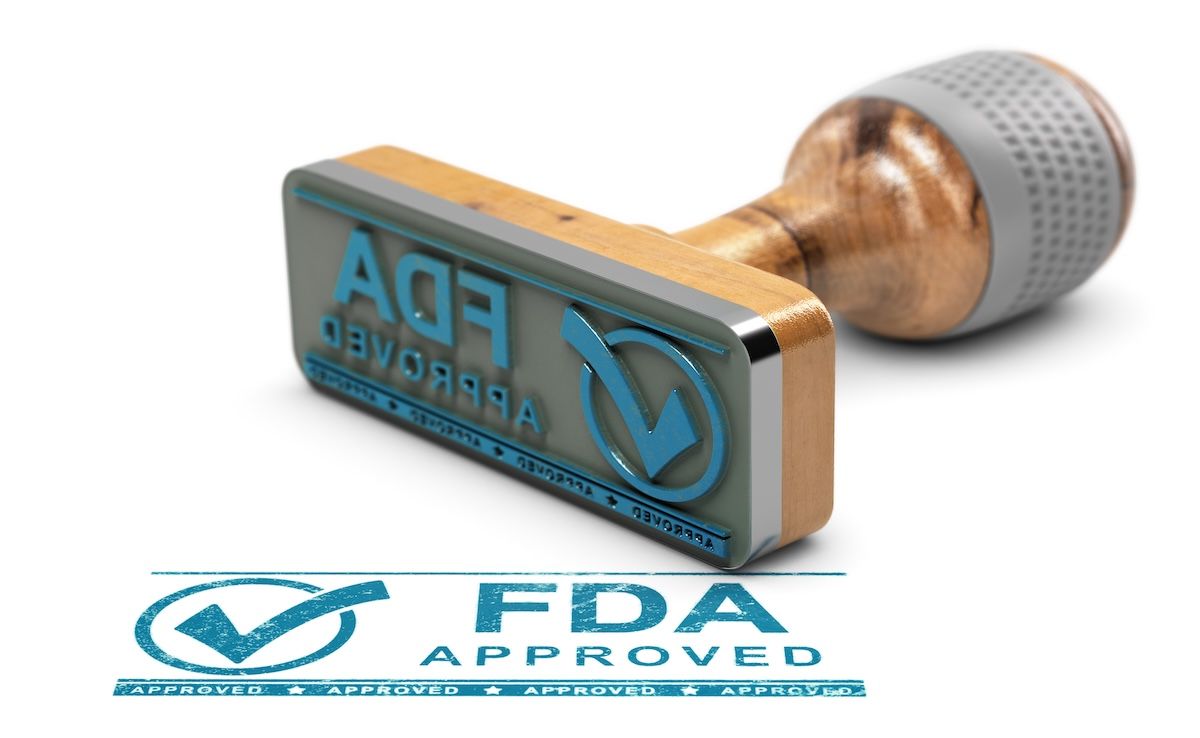Article
Review Addresses Proper Applications of Sutimlimab in Cold Agglutinin Disease
Author(s):
A review published in the journal Immunotherapy summarizes the applications of sutimlimab and emphasizes the importance of individualizing treatment for patients with cold agglutinin disease.
Sutimlimab, a monoclonal antibody that targets complement C1s, was recently approved as a treatment for cold agglutinin disease (CAD) after showing high response rates in clinical trials. A review published in the journal Immunotherapy summarizes the applications of sutimlimab and emphasizes the importance of individualizing treatment for patients with CAD.
CAD, a type of autoimmune hemolytic anemia, is a rare disease in which autoantibodies known as cold agglutinins destroy red blood cells. Mild CAD can often be managed by using thermal protection to prevent cold-induced symptoms. However, patients who experience symptomatic anemia, significant fatigue, or circulatory symptoms that impact daily life should be considered for pharmacological treatment. Sutimlimab was the first drug indicated to reduce the need for blood transfusions due to hemolysis in CAD.
Previously, treatments to reduce monoclonal cold agglutinin by targeting the pathogenic B-cell clone in bone marrow were the norm. The most established B-cell–directed therapy regimens include rituximab, which has shown an objective response rate (ORR) of approximately 50% as a monotherapy in prospective trials and real-world settings. Bendamustine plus rituximabwas shown to be more effective, with a 71% ORR, in one prospective study. Another combination regimen, fludarabine plus rituximab, is effective but carries significant toxicity.
Sutimlimab is a relatively new agent that works by binding to C1s, thus inhibiting the complement system and reducing red blood cell destruction. While other complement-targeting therapies are being investigated, sutimlimab is the first to complete phase 3 trials and was approved by the FDA in February 2022.
In general, sutimlimab is a well-tolerated agent that has been shown to improve CAD symptoms such as anemia and fatigue quickly. In the CARDINAL study of patients with CAD and a recent history of blood transfusions (NCT03347396), sutimlimab quickly halted complement activation and patients experienced improvements in hemoglobin counts and fatigue. In the CADENZA trial (NCT03347422) of sutimlimab in CAD, patients saw improvements in hemolytic markers, hemoglobin levels, and fatigue. Real-world data on sutimlimab in CAD, however, are still limited.
One potential drawback of complement inhibition is infection risk, but the agent’s selective inhibition of the classical complement pathway may minimize that risk. Vaccination against meningococci, pneumococci, and Hemophilus influenzae type B may also help mitigate infection risk. During clinical studies, patients were required to be vaccinated against these bacteria, preferably 2 weeks before receiving sutimlimab.
The benefits of sutimlimab, including rapid fatigue and hemolytic anemia improvement and low toxicity, make it a favorable option in CAD. But sutimlimab use also comes with drawbacks—namely, an indefinite treatment schedule and its cost, which is higher than rituximab-based regimens. However, the ORRs of sutimlimab are likely similar to bendamustine plus rituximab.
The advantages and disadvantages of these treatments lends them to different uses, the authors concluded. “In moderately to severely affected otherwise fit patients, bendamustine plus rituximab may be the preferred choice. Rituximab monotherapy seems to maintain its role in frail patients and those with milder disease,” the authors wrote.
If sutimlimab is available and affordable, it should likely be the go-to option for patients with severe anemia who would benefit from its short time to response. It may also be the preferred option for patients with acute exacerbations that do not resolve without treatment and for patients who are not eligible or do not respond to chemoimmunotherapy. In some cases, sutimlimab may be initiated to elicit a rapid response while awaiting the effects of slower acting B-cell–directed therapy, the authors noted.
“With the advent of trials and approval of sutimlimab, treatment of CAD has made a major step forward,” the review concluded. “For the first time, we have an efficient, non-cytotoxic, non-immunosuppressive alternative to B-cell-directed therapies. The choice of treatment in patients with CAD should be based on an individual assessment.”
Reference
Berentsen S, Barcellini W, D'Sa S, Jilma B. Sutimlimab for treatment of cold agglutinin disease: why, how and for whom? Immunotherapy. Published online August 10, 2022. doi:10.2217/imt-2022-0085





